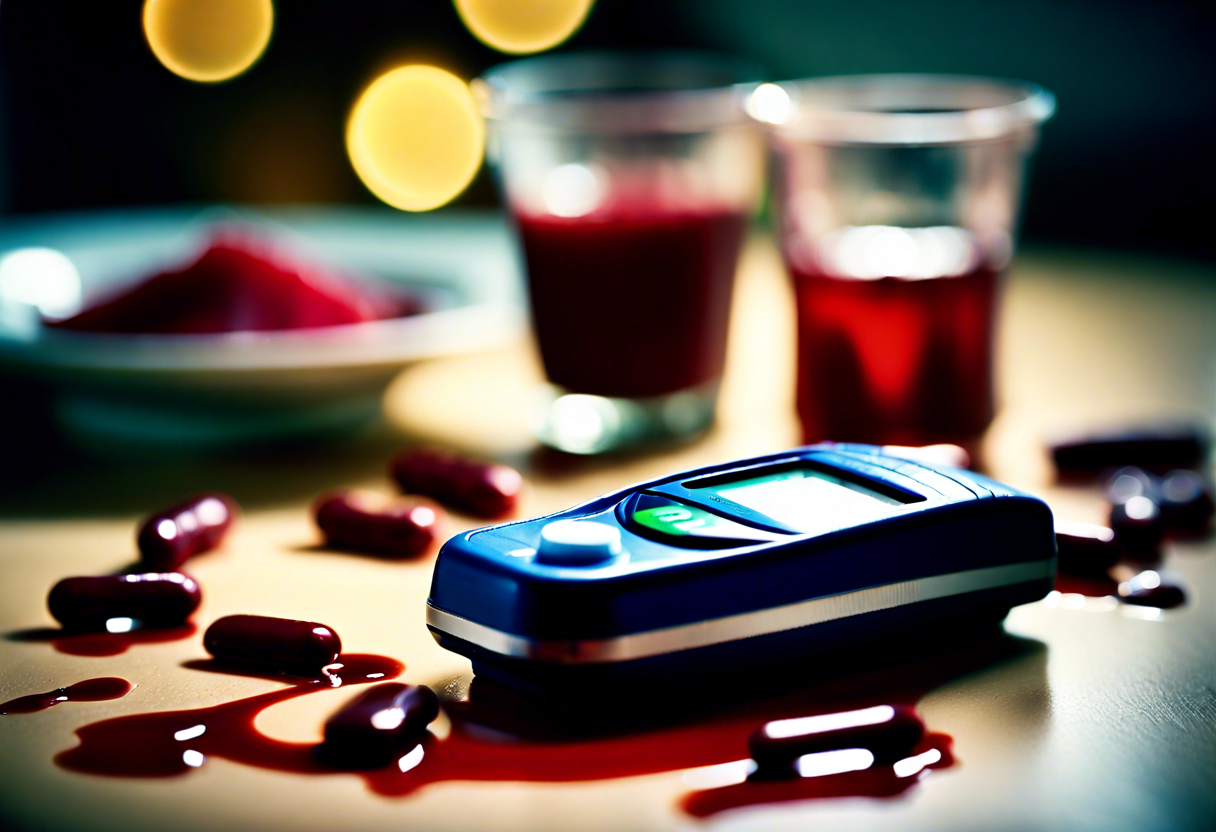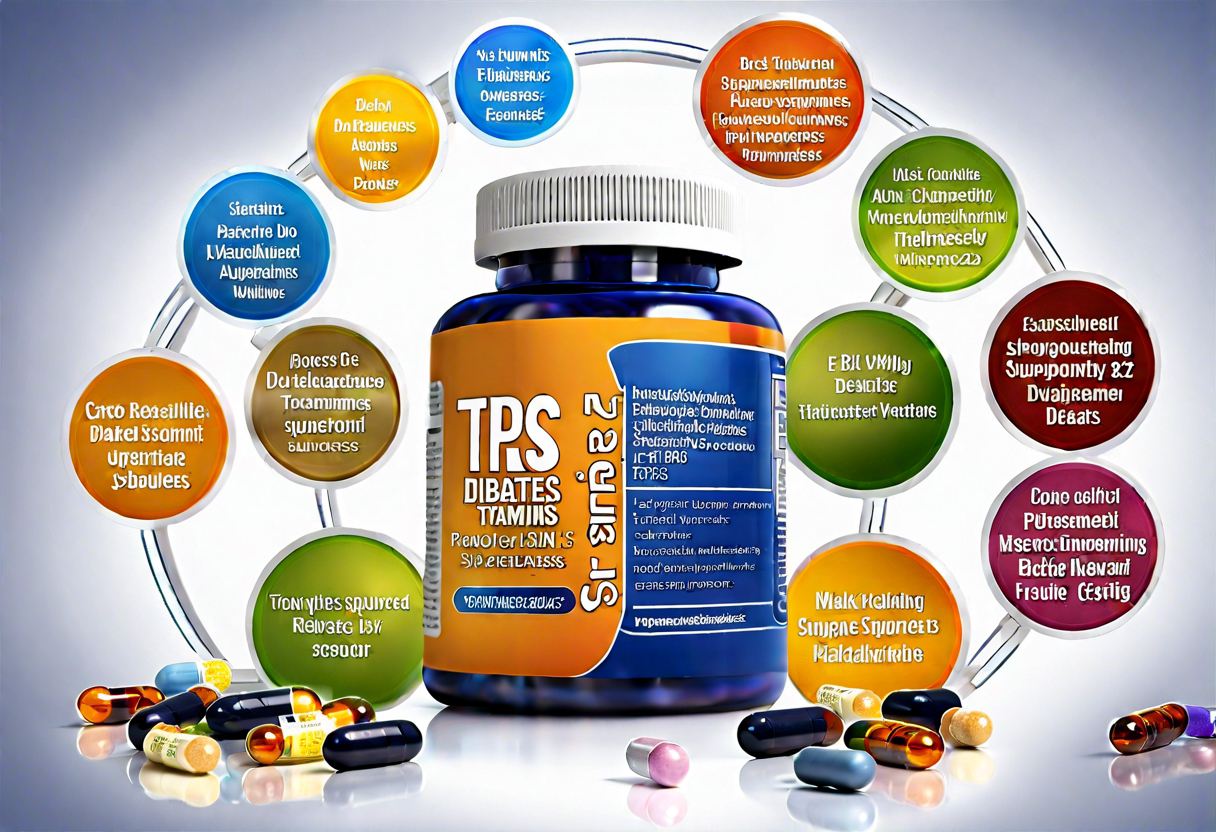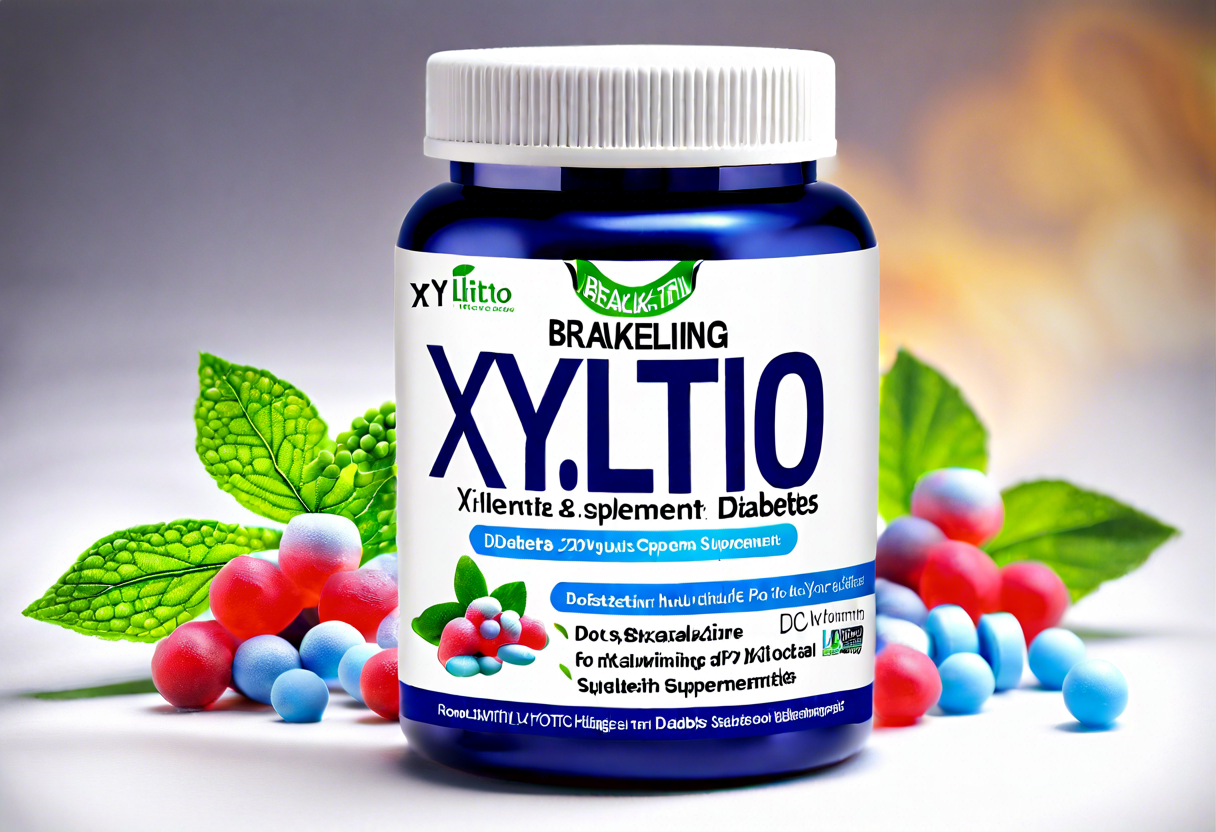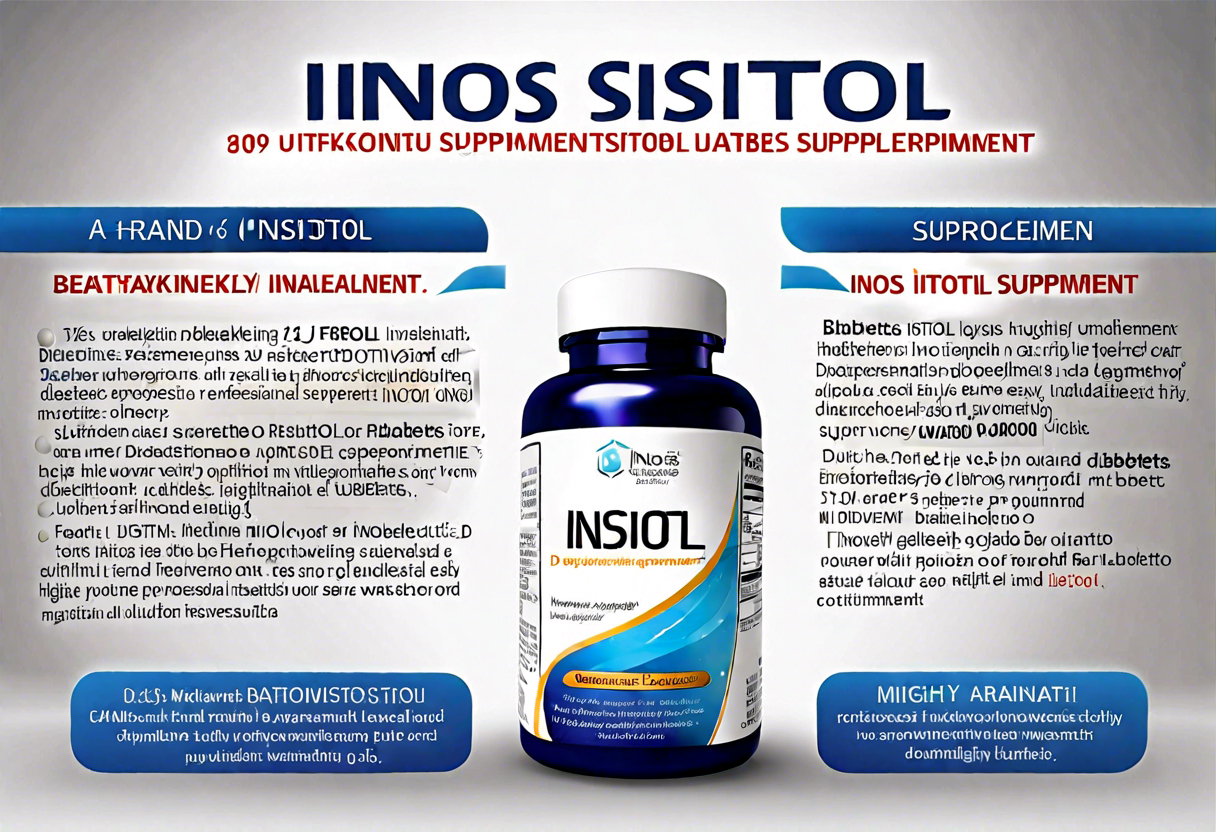Understanding Post-Meal Blood Sugar Levels
Managing blood sugar levels is crucial for individuals with diabetes or prediabetes. One aspect of blood sugar management is understanding post-meal blood sugar levels. After consuming a meal, blood sugar levels naturally rise. However, it is important to keep these levels within a healthy range to prevent complications and maintain overall well-being.
Post-meal blood sugar levels, also known as postprandial blood glucose levels, are the measurements taken approximately one to two hours after consuming a meal. Monitoring these levels provides valuable insights into how the body metabolizes carbohydrates and how effectively insulin is being utilized to regulate blood sugar.
Carbohydrates have the most significant impact on post-meal blood sugar levels. When carbohydrates are digested, they break down into glucose, causing blood sugar levels to rise. The rate at which this occurs depends on the type of carbohydrates consumed and how quickly they are absorbed.
Low glycemic index (GI) foods are typically recommended for managing post-meal blood sugar levels. The glycemic index ranks carbohydrates based on how they affect blood sugar levels. Foods with a low GI are digested and absorbed more slowly, leading to a more gradual rise in blood sugar.
Low GI foods into meals can help stabilize blood sugar and prevent sharp spikes and drops. Some examples of low GI foods include whole grains, legumes, non-starchy vegetables, and lean proteins. It is important to note that portion sizes also play a role in maintaining stable post-meal blood sugar levels.
Portion control is crucial for managing blood sugar. Even when consuming low GI foods, eating large quantities can still cause blood sugar levels to rise excessively. Balancing the quantity and quality of carbohydrates, as well as incorporating a variety of other nutrient-rich foods, can help maintain stable blood sugar levels.
Physical activity also plays a role in post-meal blood sugar management. Engaging in exercise after a meal can help enhance glucose uptake by the muscles and improve insulin sensitivity. It is recommended to engage in moderate-intensity activities such as walking, cycling, or swimming for at least 30 minutes after a meal.
Understanding post-meal blood sugar levels is essential for effective blood sugar management. Monitoring these levels, choosing low GI foods, practicing portion control, and incorporating physical activity can all contribute to maintaining stable blood sugar levels. By implementing these strategies, individuals can better manage their post-meal blood sugar levels and promote overall health and well-being.
The Impact of Carbohydrates on Post-Meal Blood Sugar
Carbohydrates play a significant role in managing post-meal blood sugar levels. When we consume carbohydrates, our bodies break them down into glucose, which is then absorbed into the bloodstream. This results in an increase in blood sugar levels. Therefore, understanding the impact of the carbohydrates we consume is crucial for effective post-meal blood sugar management.
One important concept to consider when evaluating the impact of carbohydrates is the glycemic index (GI). The GI is a ranking system that measures how quickly carbohydrates raise blood sugar levels. Foods with a high GI, such as white bread or sugary snacks, are rapidly digested and cause a rapid spike in blood sugar levels. On the other hand, foods with a low GI, like whole grains, legumes, and some fruits and vegetables, are digested more slowly, leading to a more gradual increase in blood sugar levels.
Choosing low GI foods can help manage post-meal blood sugar levels more effectively. These foods are typically rich in fiber, which slows down the digestion and absorption of carbohydrates, preventing sudden spikes in blood sugar. Examples of low GI foods include whole wheat bread, sweet potatoes, brown rice, and beans. these foods into your meals can help control blood sugar levels after eating.
Additionally, portion control plays a crucial role in managing post-meal blood sugar. Even if you choose low GI foods, consuming excessive portions can still result in elevated blood sugar levels. It is important to be mindful of your portion sizes and aim for balanced meals that include a variety of food groups. This can help prevent excessive glucose entering the bloodstream, thus promoting better blood sugar management.
Physical activity is another essential strategy for managing post-meal blood sugar levels. Engaging in exercise after a meal can help lower blood sugar by increasing the uptake of glucose by your muscles. You don’t need to engage in intense exercise; even a brisk walk or light aerobic activity can make a difference. Aim to incorporate regular physical activity into your daily routine, especially after meals, to enhance your post-meal blood sugar management.
Understanding the impact of carbohydrates, choosing low GI foods, practicing portion control, and incorporating physical activity are all valuable steps to effectively manage post-meal blood sugar levels. By implementing these strategies, you can achieve better blood sugar control and support your overall health and well-being. Remember, it’s important to consult with a healthcare professional or registered dietitian for personalized advice tailored to your specific needs.
Choosing Low Glycemic Index Foods for Post-Meal Blood Sugar Management
Managing post-meal blood sugar levels is crucial for individuals with diabetes or those who want to maintain stable blood sugar levels. One effective strategy for achieving this is by choosing low glycemic index (GI) foods. The glycemic index is a measure of how quickly carbohydrates in food are converted into glucose and raise blood sugar levels. Foods with a low GI release glucose slowly, helping to prevent sharp spikes and dips in blood sugar. Here are some tips for selecting low GI foods to manage post-meal blood sugar:
Become Familiar with the Glycemic Index
Understanding the glycemic index is key to making informed choices about the foods you consume. The GI is divided into three categories: low, medium, and high. Foods with a GI below 55 are considered low, those between 55 and 69 are medium, and anything above 70 is considered high. Opting for low GI foods can help maintain more stable blood sugar levels after meals.
Choose Whole Grains and High-Fiber Foods
Whole grains like oats, quinoa, and brown rice have a lower GI compared to refined grains such as white bread or white rice. The higher fiber content in whole grains slows down digestion and the release of glucose into the bloodstream. Similarly, adding high-fiber foods like vegetables, legumes, and fruits can help manage post-meal blood sugar levels. Aim for five to nine servings of fruits and vegetables each day.
Include Lean Protein in Your Meals
Adding lean protein sources, such as chicken, fish, tofu, or beans, to your meals can help lower the GI of a meal. Protein slows down the digestion process, leading to a slower and more controlled release of glucose into the bloodstream. Including protein in your meals can also help you feel fuller for longer, reducing the temptation to snack on high-sugar foods between meals.
Stay Hydrated
Drinking an adequate amount of water throughout the day is essential for maintaining overall health and blood sugar management. Studies have shown that dehydration can affect blood sugar levels and may increase the risk of hyperglycemia. Always keep a water bottle handy and aim to drink at least eight glasses (64 ounces) of water daily.
Avoid Highly Processed Foods and Sugary Beverages
Foods that are highly processed, such as sugary snacks, pastries, and sugary beverages, often have a high glycemic index. These types of foods can cause a rapid spike in blood sugar levels and should be avoided or consumed in moderation. Opt for whole, unprocessed foods whenever possible.
Monitor Portion Sizes
Although low GI foods are beneficial for managing blood sugar levels, portion control is still important. Consuming excessive amounts of any food, even those with a low GI, can still lead to elevated blood sugar levels. Monitoring portion sizes and practicing mindful eating can help prevent overconsumption and promote stable blood sugar levels.
Choosing low GI foods is an effective strategy for managing post-meal blood sugar levels. whole grains, high-fiber foods, lean proteins, and staying hydrated can all contribute to healthy blood sugar management. Additionally, limiting consumption of highly processed foods and monitoring portion sizes are essential components for achieving optimal post-meal blood sugar control. By making consistently smart food choices, individuals can maintain stable blood sugar levels and reduce the risk of complications associated with diabetes.
Portion Control for Effective Post-Meal Blood Sugar Management
Proper portion control plays a crucial role in post-meal blood sugar management. When it comes to managing blood sugar levels, what you eat is as important as how much you eat. By paying attention to the portions of food you consume, you can help regulate your blood sugar levels and maintain overall health. Let’s explore some practical strategies for portion control that can assist you in effectively managing your post-meal blood sugar.
One effective approach to portion control is to divide your plate visually. Fill half of your plate with non-starchy vegetables such as broccoli, spinach, or peppers. These fiber-rich vegetables are low in carbohydrates and calories, helping to keep your blood sugar levels stable after a meal. The remaining half of your plate should be divided equally between lean proteins like chicken, fish, or tofu, and whole grains like brown rice or quinoa. This balanced division ensures that you consume a nutrient-rich meal while keeping blood sugar spikes in check.
Another helpful tip for portion control is to use smaller dishes. Research suggests that people tend to eat more when presented with larger plates and bowls. By using smaller plates, cups, and bowls, you can create an illusion of a portion that looks substantial while actually consuming less food. This simple trick can help you control your calorie intake and manage your blood sugar effectively.
In addition to visual cues, it is also essential to listen to your body’s hunger and fullness signals. Slow down and pay attention to how your body responds during and after a meal. Take the time to savor each bite, and stop eating when you start feeling satisfied. It takes about 20 minutes for your brain to register that you are full, so eating slowly can prevent overeating and promote better blood sugar control.
Planning your meals and snacks in advance can also support portion control. By pre-portioning your meals and snacks, you can avoid mindless eating and stay within your desired calorie and carbohydrate limits. Use portion control containers or food scales to accurately measure your portions, especially when dealing with calorie-dense foods like nuts, seeds, or oils. Be mindful of serving sizes and aim for balanced meals that contain a mix of carbohydrates, proteins, and fats.
Portion control is a crucial aspect of post-meal blood sugar management. By visually dividing your plate, using smaller dishes, listening to your body’s signals, and planning your meals ahead, you can regulate your blood sugar levels effectively. Remember, portion control is not about deprivation; it’s about making informed choices and maintaining a healthy balance. With practice and consistency, you can develop portion control habits that support your overall well-being and blood sugar management goals.
Strategies for Managing Post-Meal Blood Sugar
After a meal, our blood sugar levels tend to rise due to the conversion of carbohydrates into glucose. For individuals with diabetes or prediabetes, this can pose challenges in maintaining stable blood sugar levels. However, by implementing a few strategies, it is possible to effectively manage post-meal blood sugar levels and promote overall health.
1. Stay Active: Regular physical activity can help regulate blood sugar levels by increasing insulin sensitivity. Engaging in any form of exercise, such as walking, jogging, or cycling, for at least 30 minutes after a meal can significantly aid in blood sugar management. By increasing muscle activity and glucose uptake, exercise can lower blood sugar levels effectively.
2. Opt for Fiber-Rich Foods: Including fiber-rich foods in your meals can slow down the absorption of glucose, preventing a sudden spike in blood sugar levels. Foods such as whole grains, fruits, vegetables, legumes, and nuts have a low glycemic index (GI) and are packed with essential nutrients and fiber that aid in blood sugar regulation.
3. Portion Control: Managing portion sizes is vital in post-meal blood sugar management. By controlling the amount of food consumed, you can prevent excessive glucose production and subsequent spikes in blood sugar levels. Consider using smaller plates and bowls to help you visualize appropriate serving sizes, and avoid going back for seconds.
4. Choose Low Glycemic Index Foods: The glycemic index measures how quickly a food raises blood sugar levels. Foods with a low GI release glucose more gradually, resulting in stable blood sugar levels. Incorporate low-GI foods into your meals, such as whole grains, legumes, and non-starchy vegetables, to avoid rapid blood sugar fluctuations.
5. Hydrate Wisely: Staying adequately hydrated is essential for overall health, including blood sugar management. Opt for water or unsweetened beverages over sugary drinks to prevent unnecessary spikes in blood sugar levels. Avoid excessive consumption of alcohol, as it can interfere with blood sugar regulation.
6. Manage Stress Levels: Stress can impact blood sugar levels. When stressed, the body releases hormones that stimulate glucose production, potentially leading to elevated blood sugar levels. Incorporate stress management techniques such as deep breathing exercises, meditation, or engaging in hobbies to help manage blood sugar levels effectively.
7. Consistency is Key: Establishing a routine and maintaining consistency in meal times, physical activity, and medication schedules can significantly contribute to post-meal blood sugar management. Aim to consume meals at regular intervals and ensure you take any prescribed medications or insulin as directed by your healthcare provider.
These strategies into your daily routine can help you effectively manage post-meal blood sugar levels and promote overall health. Remember to consult with your healthcare provider or a registered dietitian for personalized advice tailored to your specific needs. By making informed choices and adopting a healthy lifestyle, you can take control of your blood sugar and reduce the risks associated with diabetes and prediabetes.
Conclusion
Maintaining healthy post-meal blood sugar levels is crucial for overall well-being and effective diabetes management. Understanding post-meal blood sugar levels allows individuals to make informed choices about their diet and lifestyle to keep their levels within a healthy range. The impact of carbohydrates on post-meal blood sugar is significant, as they have a direct effect on blood sugar levels. Choosing low glycemic index foods can help manage post-meal blood sugar as they are digested and absorbed more slowly, resulting in a slower increase in blood sugar levels. Additionally, portion control plays a vital role in post-meal blood sugar management. By monitoring portion sizes, individuals can prevent excessive carbohydrate intake and help regulate their blood sugar levels effectively.
Moreover, incorporating physical activity into post-meal blood sugar management can further enhance blood sugar control. Engaging in activities after a meal helps to optimize glucose uptake by the muscles, facilitating the utilization of blood sugar as an energy source and preventing spikes in blood sugar levels. Walking, cycling, or participating in light exercises are excellent options for getting active post-meal.
Managing post-meal blood sugar levels requires a multifaceted approach that encompasses nutrition, portion control, and physical activity. By following some simple tips, individuals can take charge of their blood sugar levels. Ensuring a balanced diet that emphasizes low glycemic index foods, such as whole grains, legumes, and vegetables, can help prevent a sharp rise in blood sugar levels after meals. Portion control is vital since excessive intake of any food, including low glycemic index options, can still cause blood sugar spikes. Opting for smaller, well-proportioned servings can aid in keeping blood sugar levels stable.
In addition, implementing strategies to incorporate 30 minutes of moderate-intensity exercise after meals can offer tremendous benefit. This may involve going for a walk, practicing yoga, or finding an activity that suits personal preferences and physical capabilities. Regular physical activity not only helps manage post-meal blood sugar but also has additional health benefits, such as weight management and improved cardiovascular health.
Maintaining healthy post-meal blood sugar levels is crucial for individuals with diabetes or those aiming to prevent the development of the condition. By understanding the impact of carbohydrates on post-meal blood sugar, choosing low glycemic index foods, practicing portion control, and incorporating physical activity, individuals can effectively manage their post-meal blood sugar levels. With a holistic approach to post-meal blood sugar management, individuals can lead a balanced and fulfilling life while keeping their blood sugar levels within a healthy range.









